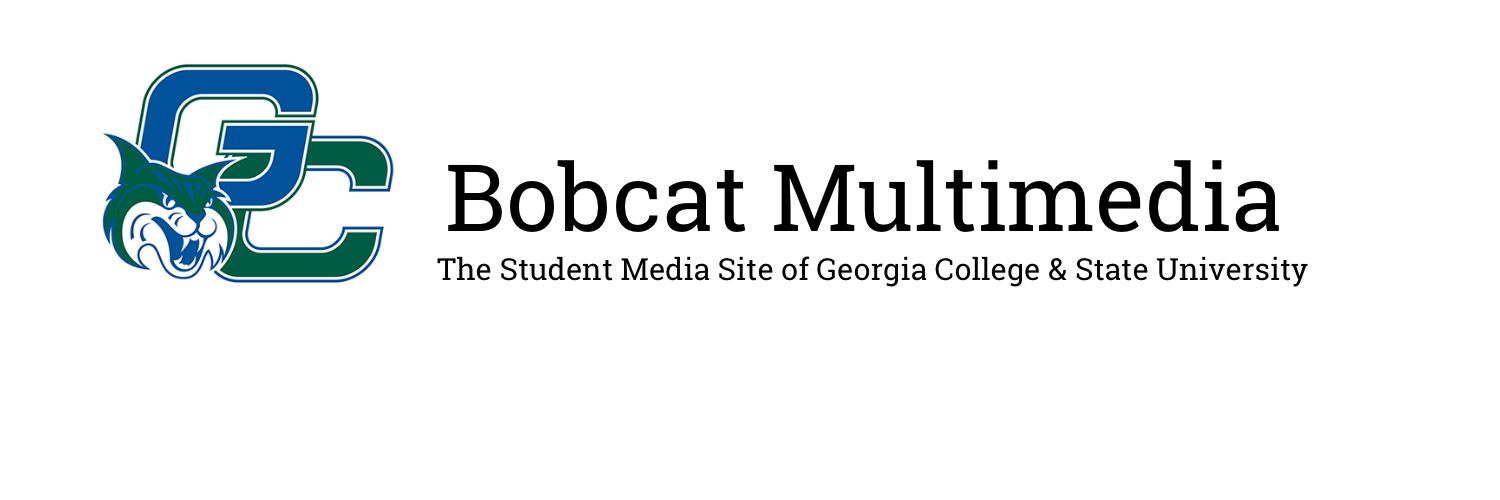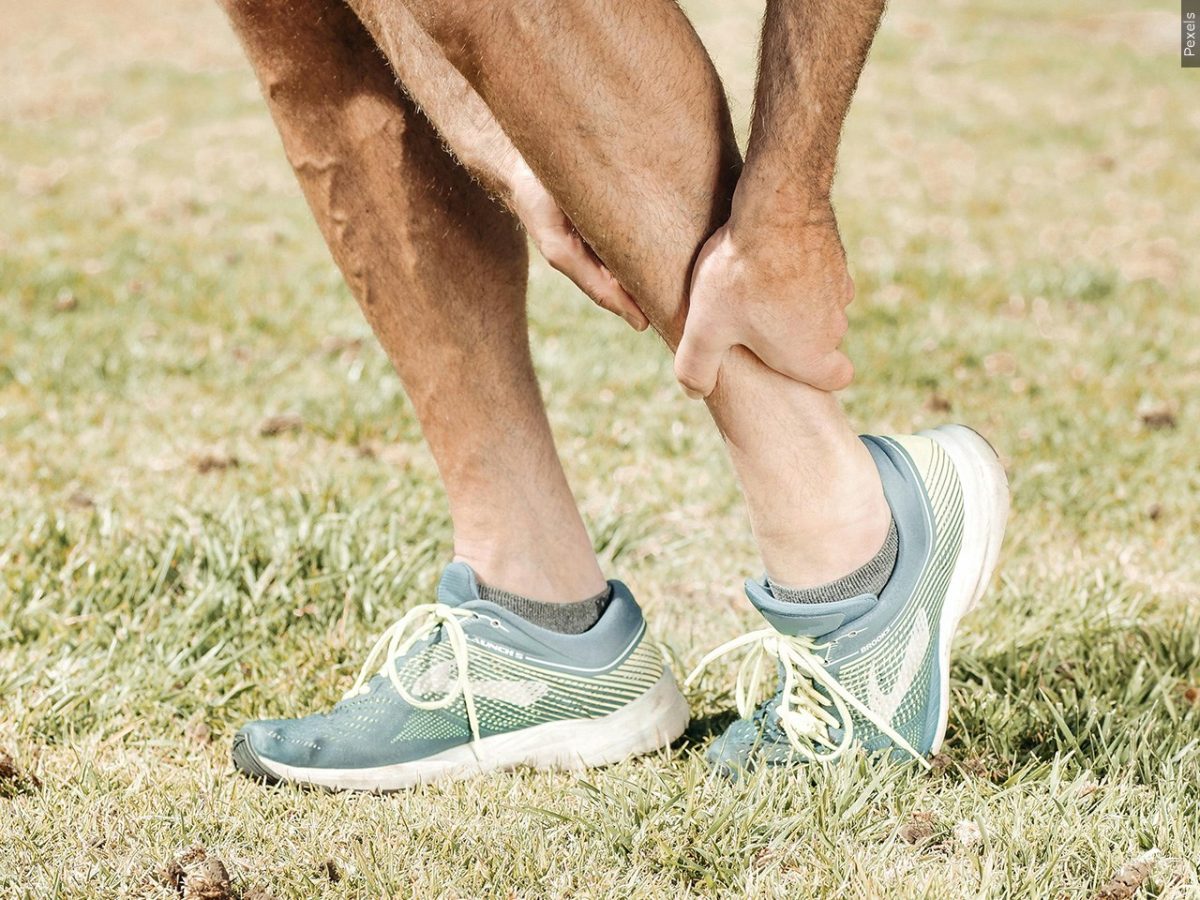Any athlete that participates in a sport knows that injuries are a part of the game. The choice to engage in athletic activity is an acknowledgement of the possibility of getting hurt, especially in professional and collegiate athletics.
However, there seems to be a rise over the last few years of season-ending and even career-ending injuries.
One of the injuries that keeps athletes sidelined for long amounts of time most commonly is anterior cruciate ligament, or ACL, tears. This injury can occur from sudden cutting, pivoting or change in direction.
Taking hits to the knee or overextension can also tear an ACL, and they mostly happen in contact and collision sports like basketball, soccer and football.
Leagues like the NFL have taken precautions over the past few years to prevent internal injuries like ACL tears. These precautions include the banning of chop blocks, where an offensive player will dive at a defender’s knees to take them out of the play and slow them down, and hip-drop tackles, where a defender wraps up a ball carrier and rotates his hips, unweighting himself and dropping onto the ball carrier’s legs.
Prior to its banning in the NFL, the hip-drop tackle caused 20-25 times as many injuries as other types of tackles.
Not all internal injuries are caused by heavy contact, as baseball pitchers, especially recently, have been dealing with the risk of ulnar collateral ligament, or UCL, tears. The UCL is a ligament on the inner side of the elbow, and it typically tears as a result of repeated stress and overuse.
MLB superstar pitcher Shohei Ohtani tore his UCL in 2023, which sidelined him for the remainder of the season. In his 2024 championship season with the Los Angeles Dodgers, he only saw the field as a designated hitter in order to let his elbow rest and heal.
“I feel like guys like Ohtani have kind of gotten too good at what they do,” said Owen Faulk, a senior accounting major. “They can throw so hard that their bodies can’t really keep up.”
According to the American Medical Association, 35.3% of major-league pitchers in 2023 had undergone Tommy John surgery, the procedure that repairs a torn UCL, at some point in their career.
Non-contact injuries like the UCL tear can often be the most frustrating for both players and fans because the blame for the injury cannot be placed on any person or moment, but typically the environment surrounding the activity.
One of the most recent and devastating non-contact, season-ending injuries came from New York Jets quarterback Aaron Rodgers in 2023.
In his first game in New York, Rodgers tore his Achilles tendon on his first drive of the game, leaving his teammates and Jets fans, who eagerly awaited the four-time MVP’s first start with the team, understandably shellshocked.
Rodgers’s injury reignited the conversation about turf fields and their role in non-contact, internal injuries.
The NFL Player’s Association, or NFLPA, has taken a hard anti-turf stance, arguing that artificial turf is significantly harder on the body than grass, and citing that players have an alarming 69% higher rate of non-contact foot and ankle injuries on turf compared to grass.
“I really don’t understand how the league still uses turf,” said Dylan Lewis, a senior marketing major. “I don’t think anybody prefers it at this point, and it’s probably just a money thing.”
Regardless of the type of field an athlete competes on or how they may collide with another athlete, the rate at which they are sustaining such serious injuries is enough to recognize that there is a problem.
As it currently stands, these athletes can only hope and trust that the leagues and institutions that they are a part of take necessary and effective action to protect them and their futures.


